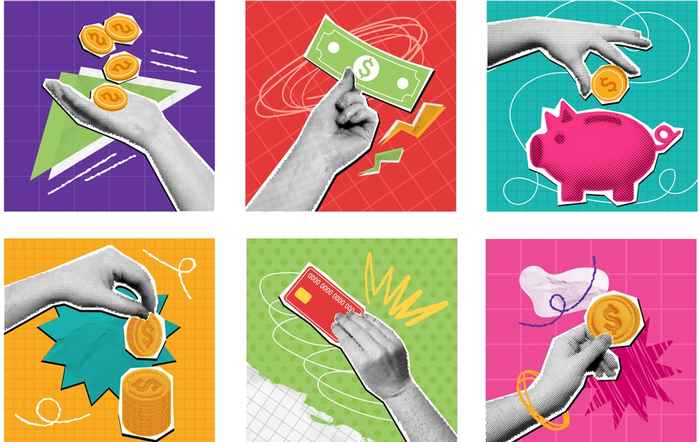The different ways people achieve their economic safety
26 February 2025

The way this is done via personal, financial and public support channels also affects the broader economy.
Perotti and Terovitis highlighted the following key findings in their work:
- As a first resort, people seek self-reliance - They invest in assets (such as personal skills or property) that they can control directly, as this ensures a minimum value.
- Unsafe economic circumstances lead to short-sighted financial decisions - When people have poor personal options, they may sell investments at a loss just to ensure they have enough to cover their basic needs. As a result, those with more secure circumstances who can afford to carry risky assets longer earn more over time.
- Banks offer financial safety - Banks act as intermediaries by connecting people seeking financial safety with others able to provide them insurance. Deposits are a reliable source of safety because they are available on demand, avoiding any conflict on risky choices. Savings via a bank help people with poor personal options, improving aggregate investment.
- When private capacity to offer safety is scarce, the safe rate drops - In times of uncertainty, people are willing to pay more for safe investments, leading to a high ‘safety premium’. This is more likely when there is less private capacity to absorb losses to insure depositors.
- Government safety measures have mixed effects - When private capacity to offer safety is low, governments can provide financial security by issuing government bonds, reducing the safety premium at the cost of displacing private investment; or by offering deposit insurance, reducing early liquidation but creating large fiscal risks. The overall effect on investment depends on interim uncertainty and the distribution of personal safe assets.
Why this matters
The paper Achieving safety: Personal, private, and public provision helps explain the huge scale of financial safe assets and their low elasticity to interest rates. It advances the notion that bank claims serve for many not just for liquidity but also for long-term store of value. The findings have important implications for central bank policy, financial regulation and personal financial planning.